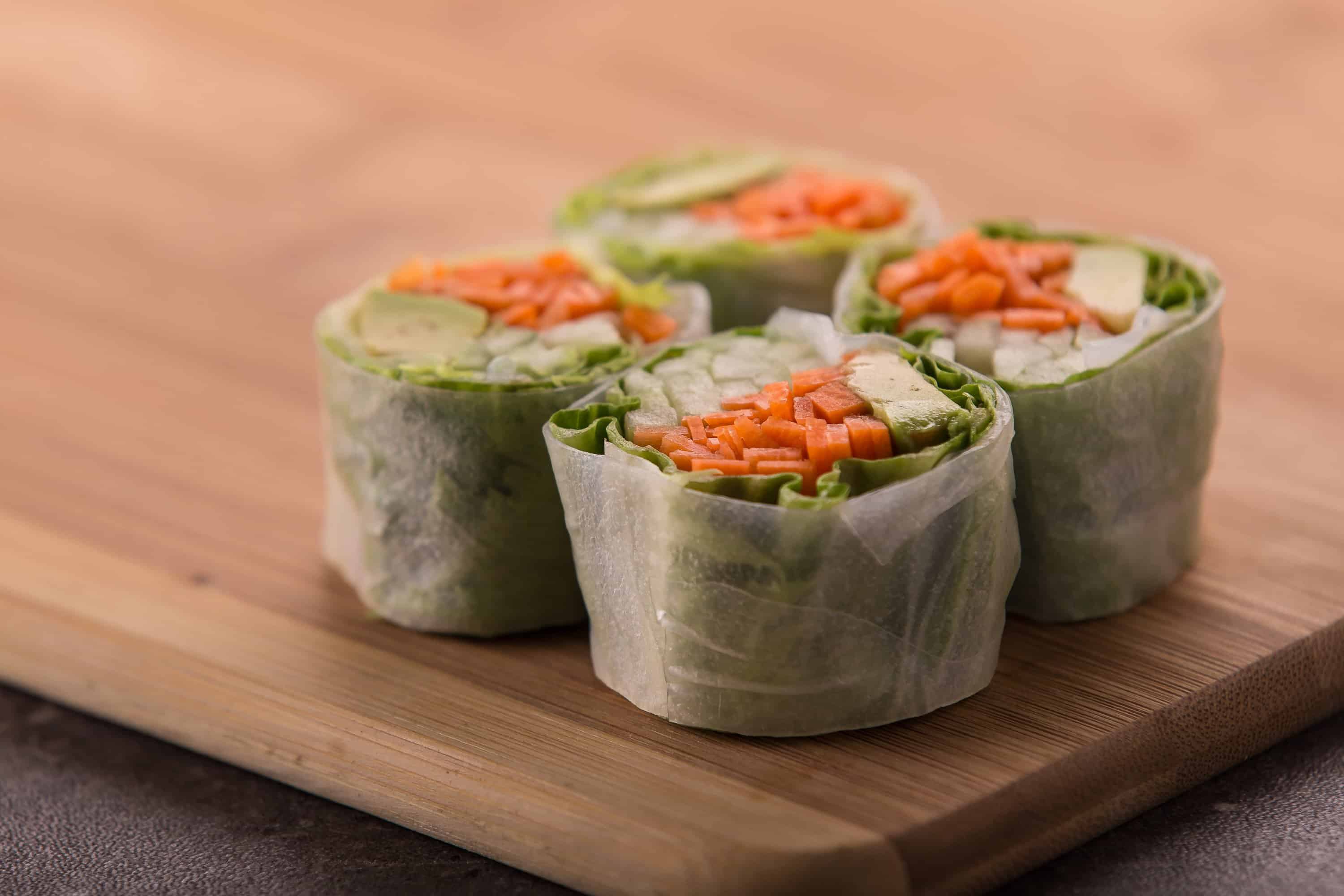Vegetarians know that traveling with food restrictions can be a challenge, especially when there’s a language barrier. And while historically a diet without meat or fish is uncommon in Japan, it’s a lifestyle that’s on the rise thanks to the influx of tourists, especially in major cities like Tokyo and Kyoto where you can find quite a few vegetarian-only establishments.
If you want to wander into restaurants with a broader menu, check out these few tips below. With these recommendations in mind, you’ll be able to navigate the options and fully enjoy the culinary paradise that is Japan.
Learn the Lingo
A basic knowledge of some common Japanese terms will help you communicate your dietary restrictions in restaurants. A few useful terms include:
Niku to Sakana o taberu koto ga dekimasen – “I cannot eat meat or fish.”
Nan des ka — “What is it?”
Kono ryori ni dashi o tsukatte masu ka — “Is there dashi in this food?”
Dashi (fish stock) and bonito (fish flakes) are often used in Japanese cuisine, boosting flavor and bringing complexity to a range of dishes, and may not be listed on the menu as an ingredient. Dashi is often added to miso soup, a menu choice that diners might assume is safe for vegetarians, so it’s a good idea to ask what is in it.
You can also print a card that explains your preferences in Japanese and share it whenever necessary!
Know the Reliable Menu Options
Many vegetarians swear by the often vegetable-forward choices that are offered as appetizers, especially at izakayas, informal Japanese pubs that serve up small plates to go with sake and beer. Edamame (green soybeans), pickled radishes and fresh cucumber salads are just a few common options at these easy-going, delicious establishments.
For more typical restaurants, good veggie bets include vegetable tempura (battered and deep-fried vegetables) zaru soba (cold soba noodles) and of course tofu, which is often served with bonito flakes on top (so you may want to offer those to a fish-eating friend at the table).
When it comes to eating sushi, there are quite a few good vegetarian options. Good to know: It can be easier to order a la carte at smaller sushi joints rather than more high-end restaurants with pre-set menus. Some veggie sushi choices include:
- Kappa maki (a cucumber roll)
- Kampyo maki (a roll with dried gourd marinated in soy sauce and sugar)
- Takuan maki (pickled sun-dried radish roll)
- Ume shiso maki (a roll with pickled plum and shiso leaves and sometimes cucumber)
- Natto maki (a roll with a sticky paste of fermented soybeans)
- Inarizushi (rice inside a pocket of tofu skin which can be sweet and works well at the end of a meal). Sometimes the rice also has sesame, edamame or pickled plum.
Vegetarian Restaurants
It is, of course, easier to eat at a vegetarian restaurant to avoid the entire issue of working around a tricky menu. Luckily, there are a good number of herbivore-friendly eateries throughout the country: Happy Cow, a website that helps travelers locate nearby vegetarian restaurants, lists over 1500 in Japan, with almost a third of those located in Tokyo. Some highlights include the vegan café Rainbow Raw Food in the trendy Ebisu neighborhood, the delicious, intimate Tamana Shokudo in Aoyama (it can be hard to find, so look for the sign “Natural Food Studio” outside the door) and the eccentric, super-delicious Hawaiian-themed Olu’Olu Café in Mishuku with its extensive menu of “vegan junk food,” including ice cream.
Another recommended travel destination for vegetarians is Kyoto. Once Japan’s ancient capital, the city’s over 2,000 temples and shrines make it an epicenter for Zen Buddhist temple cuisine (shojin ryori) which is entirely vegan. Shops and restaurants offer shojin favorites like yuba, a paper-thin delicacy of tofu skin that’s similar to pasta, or fu, a versatile wheat gluten that’s used in soup, stir fry dishes and desserts.
With these tips in mind, vegetarians can stay well-fed through their Japan travels and enjoy (almost) everything the country’s vibrant food scene has to offer.

